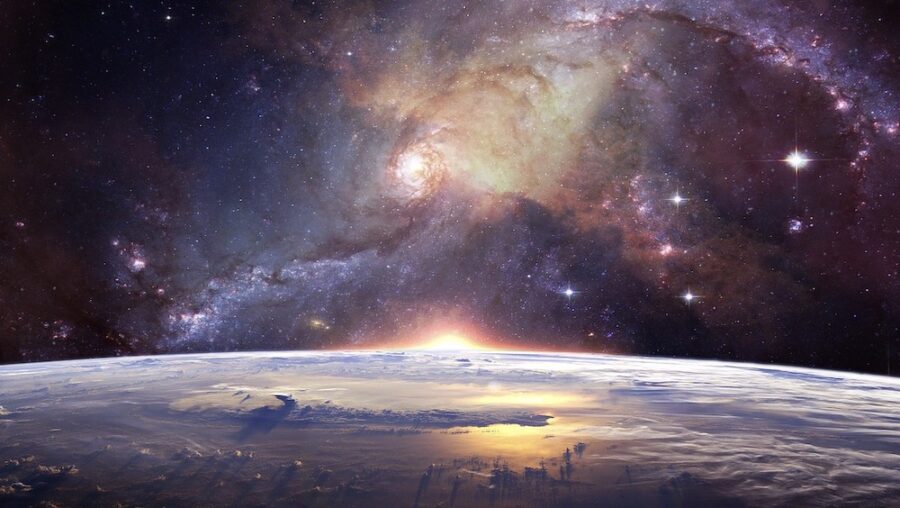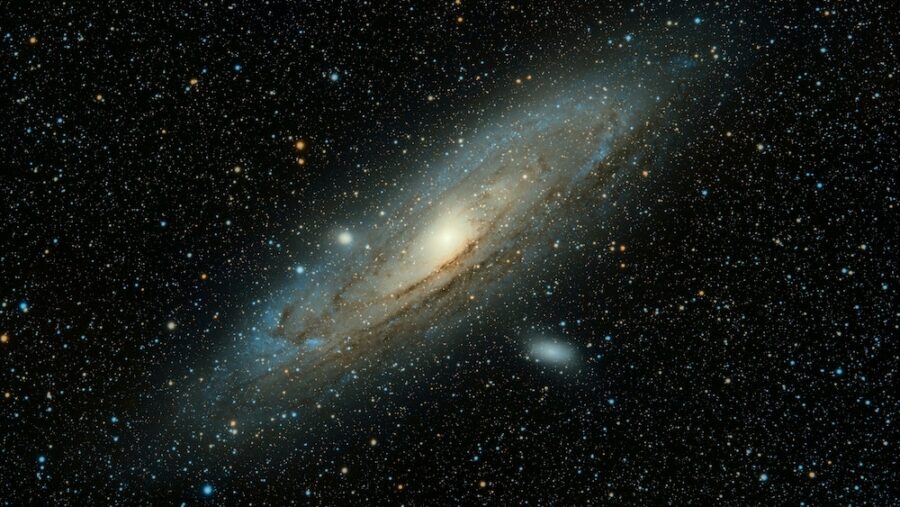The Universe Is Much Older Than We Thought?

If the latest reports from sources such as Science Alert are to be believed, we may be a few candles shy of a full birthday cake for our good old friend, The Universe. Recent data gathered by a theoretical physicist from the University of Ottawa named Rajendra Gupta seems to suggest the Big Bang may have taken place 26.7 billion years ago, clocking the universe as twice as old as previous models would have us believe.
Studies by Rajendra Gupta suggest the universe is closer to 26.7 billion years old, almost double previous estimates.
While this news is shocking, it actually explains a lot about our current models for distant galaxies, which seem far too mature for their age, according to scientists.
Estimating the time since the Big Bang has long been one of the most hotly contested studies in the science of the universe, as a definitive answer could help to unlock many secrets of life and our planets humble origins. While most models have suggested an age of 13.8 billion years for the conceivable universe, Gupta’s studies seem to confirm that number is significantly off, mostly due to our limited understanding of stretched light waves.
Most models have suggested an age of 13.8 billion years for the conceivable universe but Gupta’s studies suggest isn’t almost twice that.
As space expands, stretching ever distant in an infinitely growing universe, it becomes harder and harder to quantify how much light we are capable of seeing in the distance. As you may know, the further you look into the distant universe, the farther you look back in time, to catch a brief snapshot of the past due to the speed it takes light to reach across the vacuum of space.
Some scientific models liken this process to a spring, stretching and pulling apart to reach greater heights and distances and compressing to allow for flexibility.
Gupta suggests that this red light distinction can be used to determine when the universe maintained more concentrated energy, seemingly snapping the spring into place.
One difficult-to-understand prospect of most enormous telescopes and deep space technology seems to suggest that, redder lights are the oldest lights, having lost their sheen from the difficulty of traveling long distances.

As scientists continue to search the deepest reaches of the universe that they can with modern technology, we’re frequently seeing redder and redder light. However, Gupta suggests that this red light distinction can be used to determine when the universe maintained more concentrated energy, seemingly snapping the spring into place.
The hypothesis that red light could help us to determine the age of the universe originally came from a Swiss astronomer in 1929, who suggested the redness of the lights signified longer wavelengths that shift in the distant spectrum.
Unfortunately, the theory was somewhat abandoned by the scientific community after the discovery of dark matter made carbon dating the universe simpler on paper. As Gupta proposes in his latest published proposal, the two methods of study could actually be utilized hand in hand to garner an even more accurate figure than the model we’re currently using.
The study of dark matter and red light wavelengths are not mutually exclusive, and can allow, when studied side by side, for a more accurate reading of the universe’s distant age. While no definitive declarations have been made about the age of the universe yet, this new information should change the way scientists look at carbon dating across the vacuum of space.











